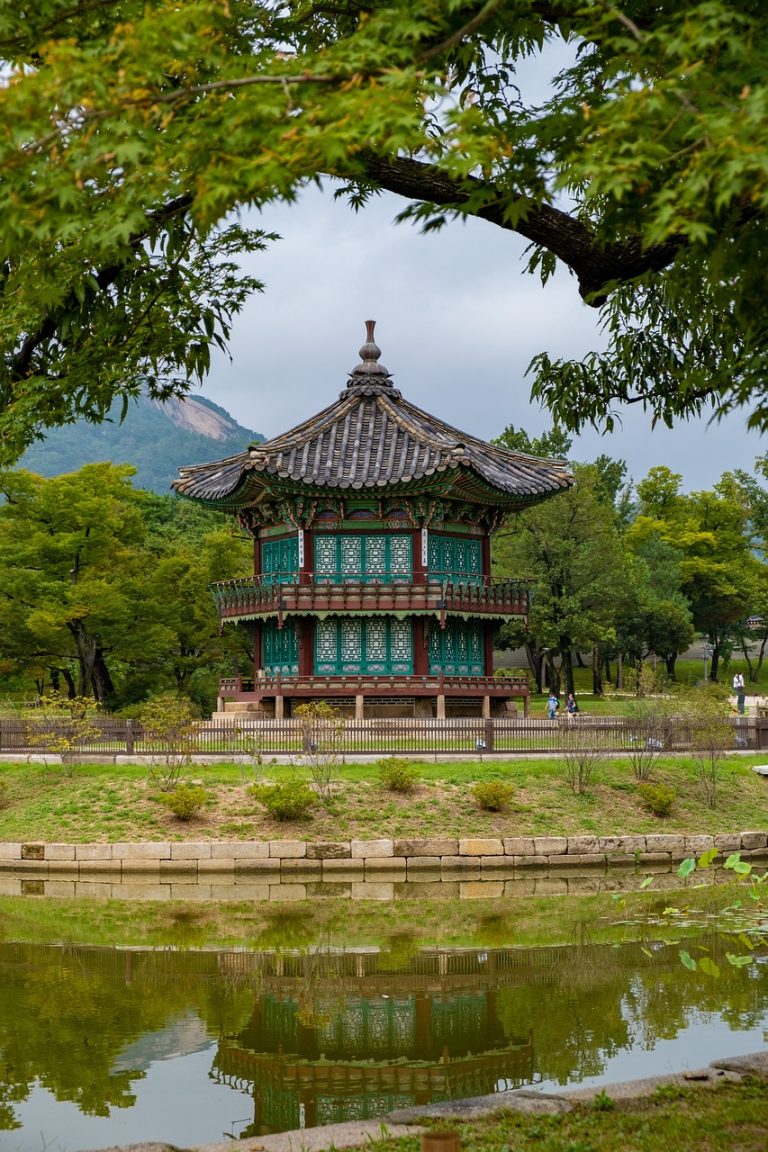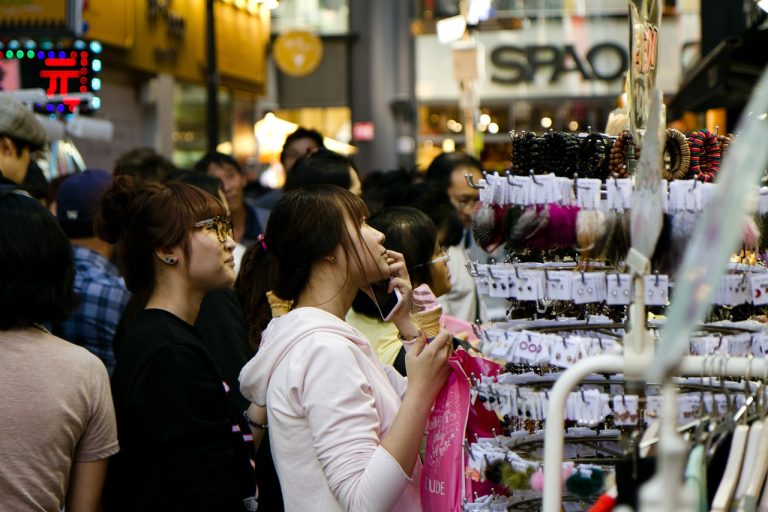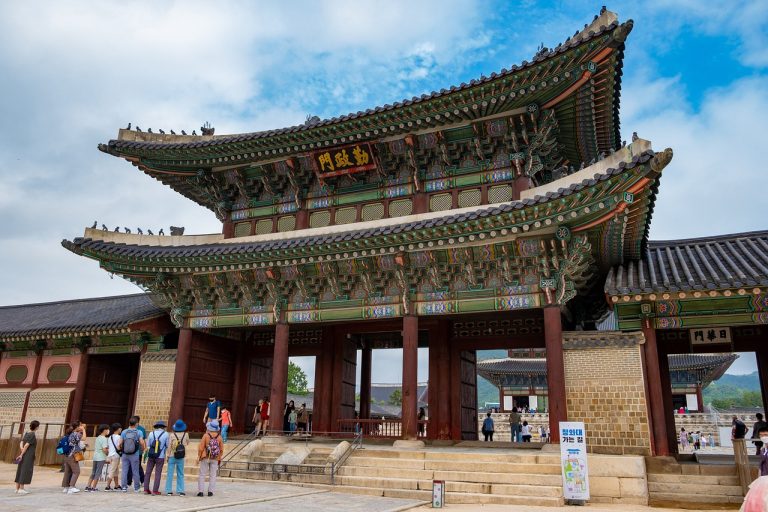Seoul South Korea Video
Historical Treasures of Seoul South Korea: Reliving the Past
Seoul, the capital city of South Korea, is a vibrant metropolis that seamlessly blends modernity with a rich historical heritage. With a history spanning over 2,000 years, Seoul is home to numerous historical treasures that offer a glimpse into the country’s past. From ancient palaces and temples to traditional markets and neighborhoods, Seoul is a treasure trove of historical sites waiting to be explored. In this article, we will take a journey through time and discover some of the most significant historical treasures of Seoul.
1. Gyeongbokgung Palace
Gyeongbokgung Palace, also known as the Palace of Shining Happiness, is the largest and most iconic palace in Seoul. Built in 1395 during the Joseon Dynasty, the palace served as the main royal residence and seat of government. The architecture of Gyeongbokgung Palace is a perfect example of traditional Korean palace design, with its grand gates, elegant pavilions, and beautiful gardens. Visitors can explore the palace grounds and witness the Changing of the Royal Guard ceremony, which takes place several times a day.
- Experience the grandeur of the Geunjeongjeon Hall, where the king held important official ceremonies.
- Stroll through the picturesque Gyeonghoeru Pavilion, known for its scenic location and serene pond.
- Marvel at the intricate details of the Gyeongbokgung Palace’s colorful and ornate buildings.
- Discover the National Palace Museum of Korea, which houses a vast collection of artifacts from the Joseon Dynasty.
2. Changdeokgung Palace
Changdeokgung Palace, a UNESCO World Heritage site, is renowned for its harmonious blend of natural landscape and traditional architecture. Built in 1405, the palace served as a secondary royal residence. The highlight of Changdeokgung Palace is its beautiful Huwon Secret Garden, a serene oasis of ponds, pavilions, and trees. Visitors can explore the palace buildings, including the Injeongjeon Hall and Nakseonjae, a private residence used by the royal family.
- Embark on a guided tour of the Huwon Secret Garden and immerse yourself in the tranquility of nature.
- Admire the intricate design of the Injeongjeon Hall, where the king received foreign envoys.
- Learn about the daily life of the royal family by exploring Nakseonjae, a beautifully preserved residence.
- Visit the Daejojeon Hall, which served as the queen’s quarters and features stunning architectural details.
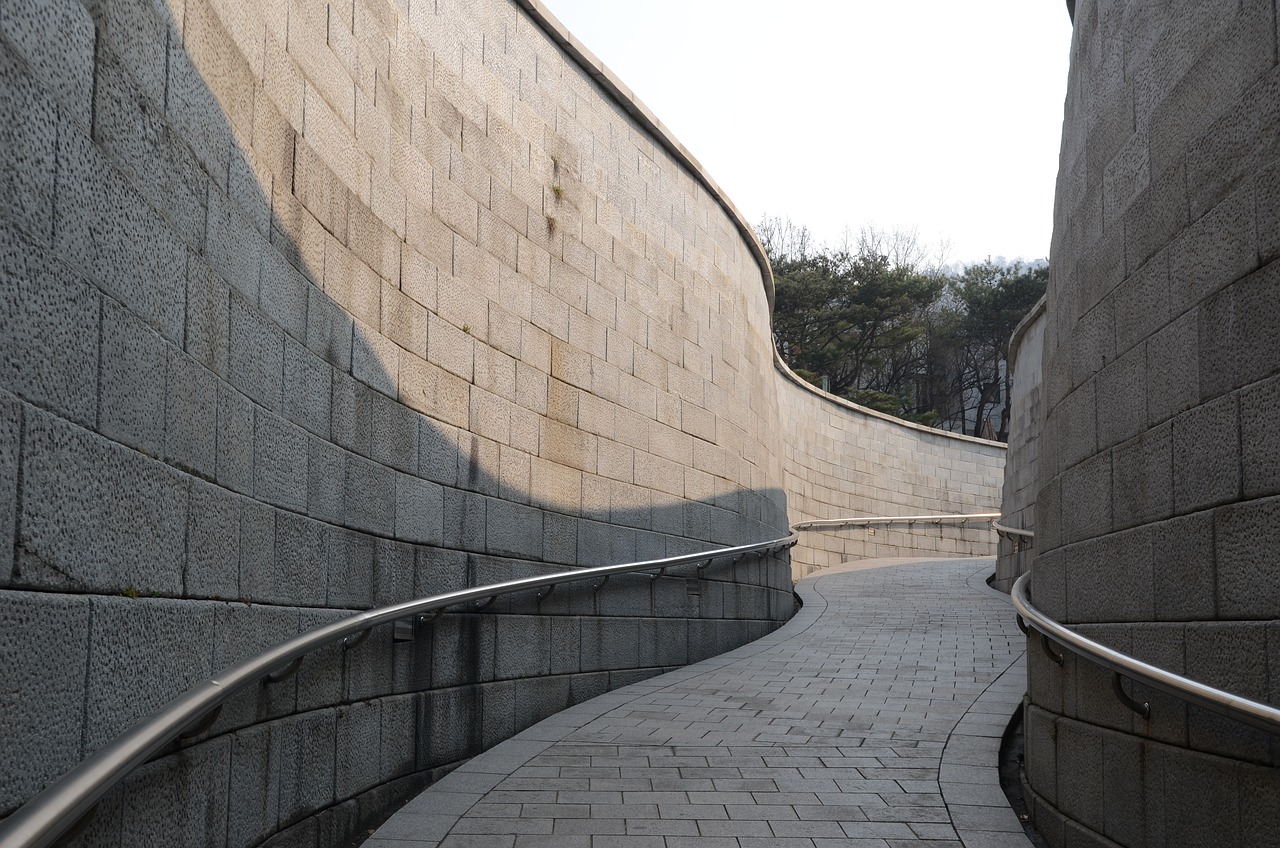
3. Bukchon Hanok Village
Bukchon Hanok Village is a traditional residential area located between Gyeongbokgung Palace and Changdeokgung Palace. The village is famous for its well-preserved hanok, traditional Korean houses, which date back to the Joseon Dynasty. Walking through the narrow alleys of Bukchon Hanok Village feels like stepping back in time, with its charming architecture and traditional atmosphere. Visitors can explore the hanok houses, some of which have been converted into museums, tea houses, and cultural centers.
- Take a leisurely stroll through the picturesque alleys of Bukchon Hanok Village and admire the traditional architecture.
- Visit the Bukchon Traditional Culture Center to learn about traditional Korean crafts and participate in cultural activities.
- Explore the Han Sangsu Embroidery Museum, showcasing exquisite embroidered artworks.
- Experience a traditional tea ceremony at one of the hanok houses converted into a tea house.
4. Jogyesa Temple
Jogyesa Temple is the main temple of the Jogye Order of Korean Buddhism and is located in the heart of Seoul. Built in 1910, the temple is known for its beautiful architecture and serene atmosphere. Jogyesa Temple is a place of worship and a center for Buddhist cultural activities. Visitors can explore the temple grounds, participate in meditation sessions, and learn about Buddhism through various programs and exhibitions.
- Admire the grandeur of the Daeungjeon Hall, the main hall of Jogyesa Temple.
- Experience a traditional Buddhist ceremony and listen to the rhythmic chants of the monks.
- Visit the Buddhist Cultural Center to learn about the history and teachings of Buddhism.
- Explore the temple’s beautiful gardens, filled with fragrant lotus flowers and lush greenery.

5. Insadong
Insadong is a vibrant neighborhood in Seoul known for its traditional Korean culture and arts. The area is lined with galleries, antique shops, traditional teahouses, and street food stalls. Exploring Insadong offers a glimpse into the traditional side of Seoul, with its charming hanok buildings and cultural attractions. Visitors can browse through traditional crafts, taste authentic Korean cuisine, and watch performances of traditional music and dance.
- Discover the Ssamziegil shopping complex, known for its unique shops and artistic atmosphere.
- Taste traditional Korean tea at one of the many teahouses in Insadong.
- Visit the Korean Calligraphy Museum to learn about the art of calligraphy.
- Enjoy a traditional performance at the SACHOOM Theater, showcasing Korean dance and music.
6. Namdaemun Market
Namdaemun Market, established in 1414, is the oldest and largest traditional market in Seoul. The market offers a wide range of goods, including clothing, accessories, food, and household items. Exploring Namdaemun Market is an immersive experience, with its bustling atmosphere, vibrant colors, and diverse array of products. Visitors can try delicious street food, shop for souvenirs, and experience the vibrant energy of a traditional Korean market.
- Taste popular Korean street food such as tteokbokki (spicy rice cakes) and hotteok (sweet pancakes).
- Browse through the clothing section for trendy Korean fashion at affordable prices.
- Explore the seafood section and witness the lively auction of fresh seafood.
- Visit the Namdaemun Gate, a historic landmark and one of the iconic symbols of Seoul.
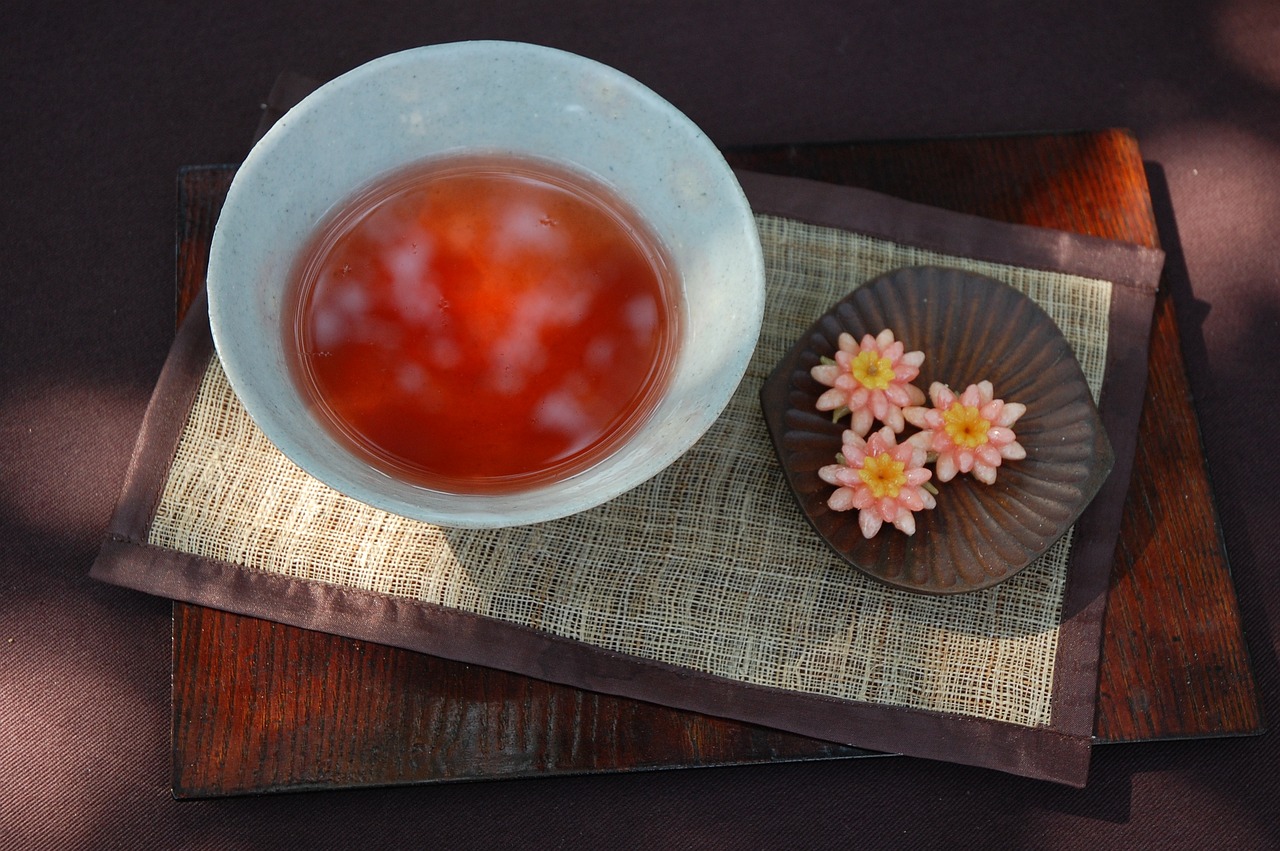
7. Namsangol Hanok Village
Namsangol Hanok Village is a traditional Korean village located at the foot of Namsan Mountain. The village consists of five restored hanok houses from the Joseon Dynasty, each representing a different social class. Visitors can explore the hanok houses and experience traditional Korean culture through various activities, such as traditional crafts, performances, and tea ceremonies. The village also offers a scenic walking trail and a beautiful garden.
- Participate in a traditional hanbok (Korean traditional clothing) experience and take memorable photos.
- Learn about traditional Korean crafts, such as paper folding and knotting, at the Traditional Culture Experience Center.
- Watch traditional performances, including traditional music and dance, at the outdoor stage.
- Enjoy a peaceful stroll along the walking trail and admire the beauty of the surrounding nature.
8. Bongeunsa Temple
Bongeunsa Temple is a Buddhist temple located in the heart of Gangnam, one of Seoul’s most modern and affluent districts. The temple, founded in 794, offers a peaceful sanctuary amidst the bustling city. Bongeunsa Temple is known for its impressive collection of Buddhist scriptures and its 23-meter high statue of Maitreya Buddha. Visitors can participate in temple stay programs, join meditation sessions, and explore the temple grounds.
- Marvel at the towering statue of Maitreya Buddha, which is one of the tallest in Korea.
- Participate in a temple stay program and experience the daily life of a Buddhist monk.
- Learn about Buddhist rituals and teachings through guided tours and meditation sessions.
- Visit the temple’s museum, which displays a wide range of Buddhist artifacts and artworks.
9. Seoul Fortress Wall
The Seoul Fortress Wall, also known as Hanyangdoseong, is a historic fortification that once surrounded the city of Seoul. Built in the late 14th century, the fortress wall stretches for 18.6 kilometers and offers panoramic views of the city. Visitors can hike along the wall and explore its various gates, pavilions, and watchtowers. The fortress wall is not only a historical site but also a popular recreational area for locals and tourists.
- Hike along the Seoul Fortress Wall and enjoy breathtaking views of the city skyline.
- Visit the Hanyangdoseong Museum to learn about the history and significance of the fortress wall.
- Explore the four main gates of the fortress wall: Namdaemun, Dongdaemun, Sukjeongmun, and Seodaemun.
- Discover the Baekbeom Square, a memorial park dedicated to Korean independence fighters.
10. National Museum of Korea
The National Museum of Korea is the largest museum in South Korea and houses a vast collection of artifacts and artworks spanning the country’s history. The museum’s permanent exhibition showcases various aspects of Korean culture, including ancient history, archaeology, art, and traditional crafts. Visitors can explore the museum’s extensive collection, attend special exhibitions, and participate in educational programs.
- Admire the famous Goryeo Celadon, known for its delicate green glaze and intricate designs.
- Learn about the history of Korean ceramics through the museum’s impressive collection.
- Explore the Buddhist Art Gallery, which houses a wide range of Buddhist statues and paintings.
- Visit the Children’s Museum, a dedicated space for interactive learning and play.
Conclusion
Seoul’s historical treasures provide a captivating journey through the city’s past, offering insights into the rich cultural heritage of South Korea. From majestic palaces and temples to traditional neighborhoods and markets, Seoul offers a diverse range of historical sites waiting to be discovered. By exploring these historical treasures, visitors can gain a deeper understanding of Seoul’s history and immerse themselves in the vibrant tapestry of Korean culture.
References
- Visit Korea – Official travel guide from the Korea Tourism Organization: visitkorea.or.kr
- Palaces of Seoul – Cultural Heritage Administration: cha.go.kr
- Seoul Metropolitan Government Official Website: english.seoul.go.kr
- National Museum of Korea: museum.go.kr




